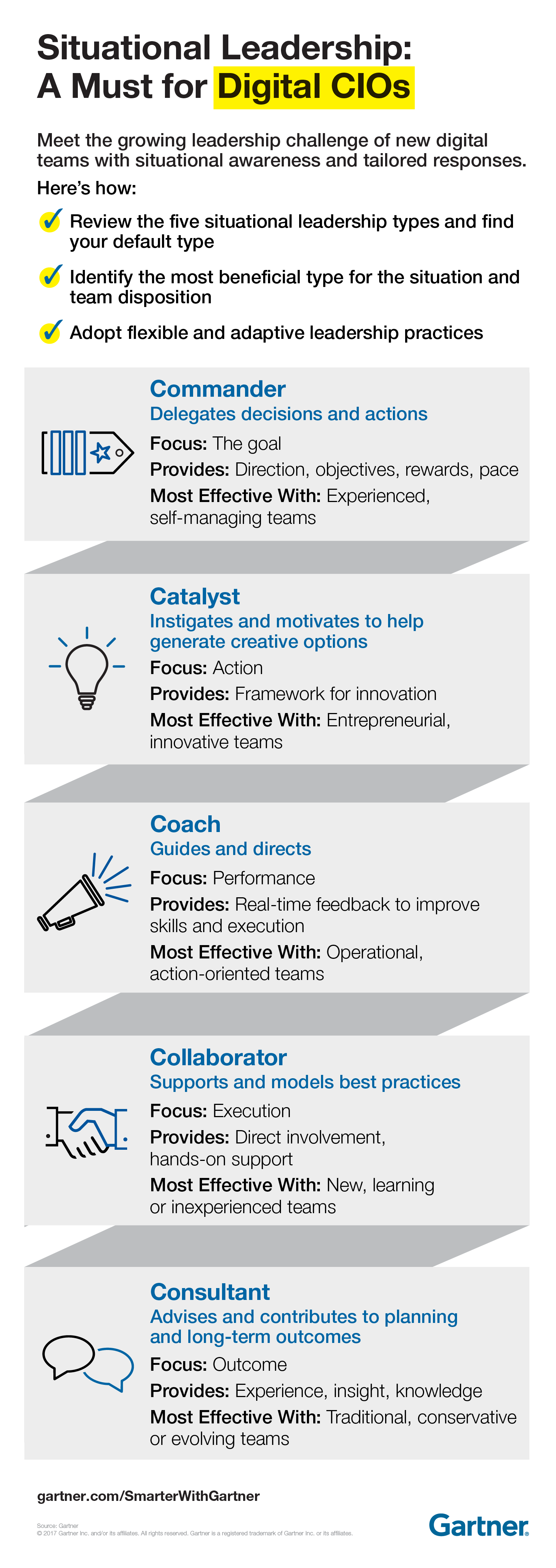Subscribe now and get the latest podcast releases delivered straight to your inbox.
Are you a good leader?
That’s a pretty loaded question, I know.
With growth a priority, teams need a strong leader who can help them collaborate effectively, resolve issues, and ultimately reach their goals.
Those in leadership positions, however, often make the mistake of repeating the same approach that has worked for them in the past rather than tailoring it for each new team they manage.
If it ain’t broke, why fix it, right? Wrong.
Like any human interaction, how people respond to different leadership tactics is entirely dependent on the people, the situation, and the goal you’re trying to reach together.
In other words, the qualities that make you an amazing leader for one group could be the same ones that are hurting your ability to lead effectively for another.
Because of this, team leaders need to be keenly aware of the unique aspects of the team they’re working with and be willing to learn and adapt to differences.
This awareness is even more vital for those in tech or remote offices, with team members scattered across different locations. When you’re not working side-by-side with your team, signs that you’re not setting individuals up for success are harder to spot.
Luckily, Gartner created this helpful infographic outlining 5 different leadership styles to experiment with at your organization. Each style describes the role of the leader in the group, and what style group this goal is best suited for.
For example, if you’re leading a group of young, entry-level workers, you would likely have success utilizing the “Collaborative” or “Coach” leadership style than you would with the “Commander” approach. Likewise, if you used these styles for more senior, experienced teams, you might be seen as a micromanager and actually be an impediment to work getting done.
Sometimes these teams are not as cut and dry as the ones described, but this infographic is a helpful resource for leaders to determine where they should evaluate their leadership style when working with new groups of people.



Order Your Copy of Marcus Sheridan's New Book — Endless Customers!

![5 Leadership Styles for Your Digital Business [infographic]](https://145335.fs1.hubspotusercontent-na1.net/hub/145335/hubfs/leadership-styles.jpg?width=768&height=400&name=leadership-styles.jpg)